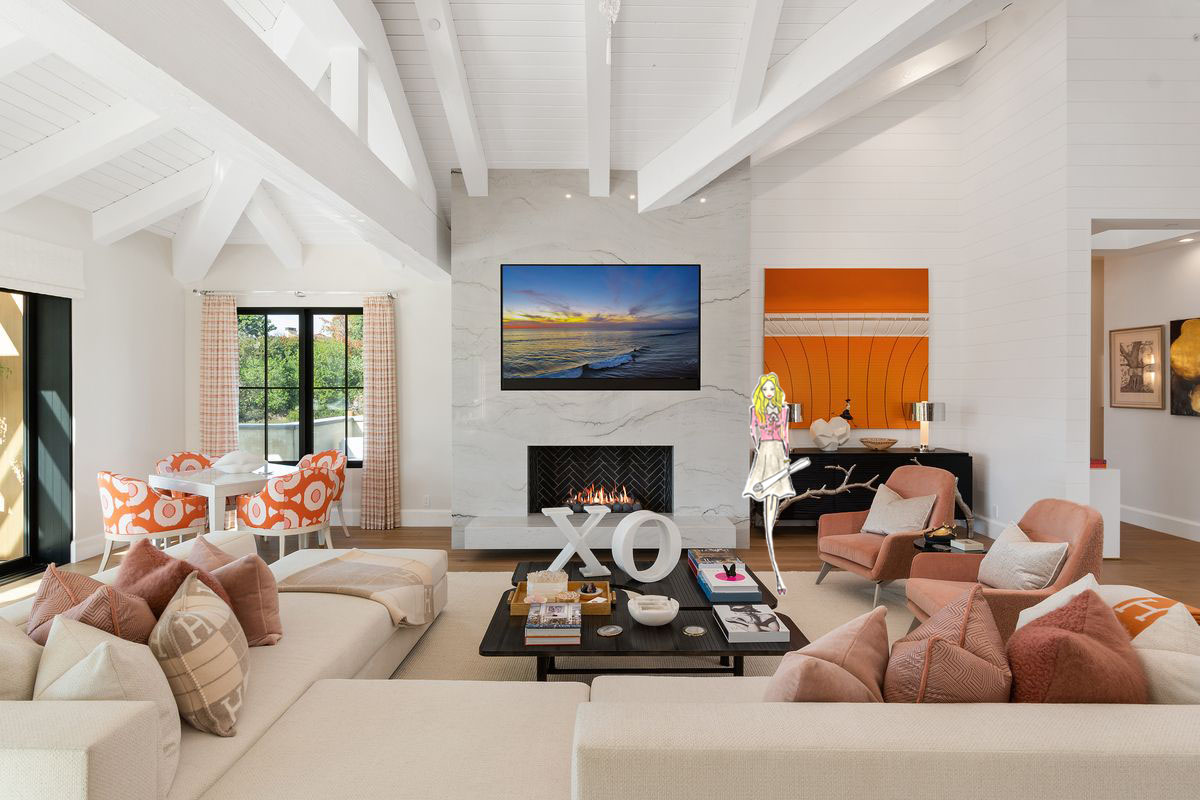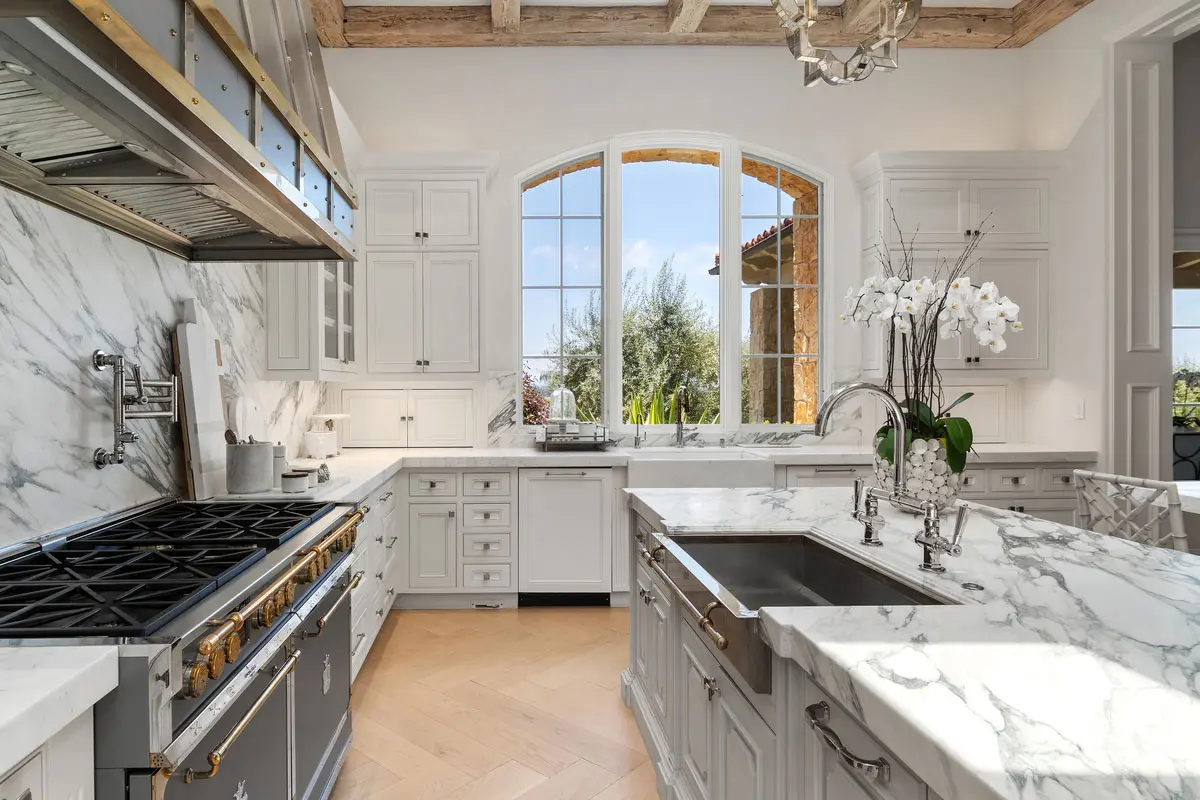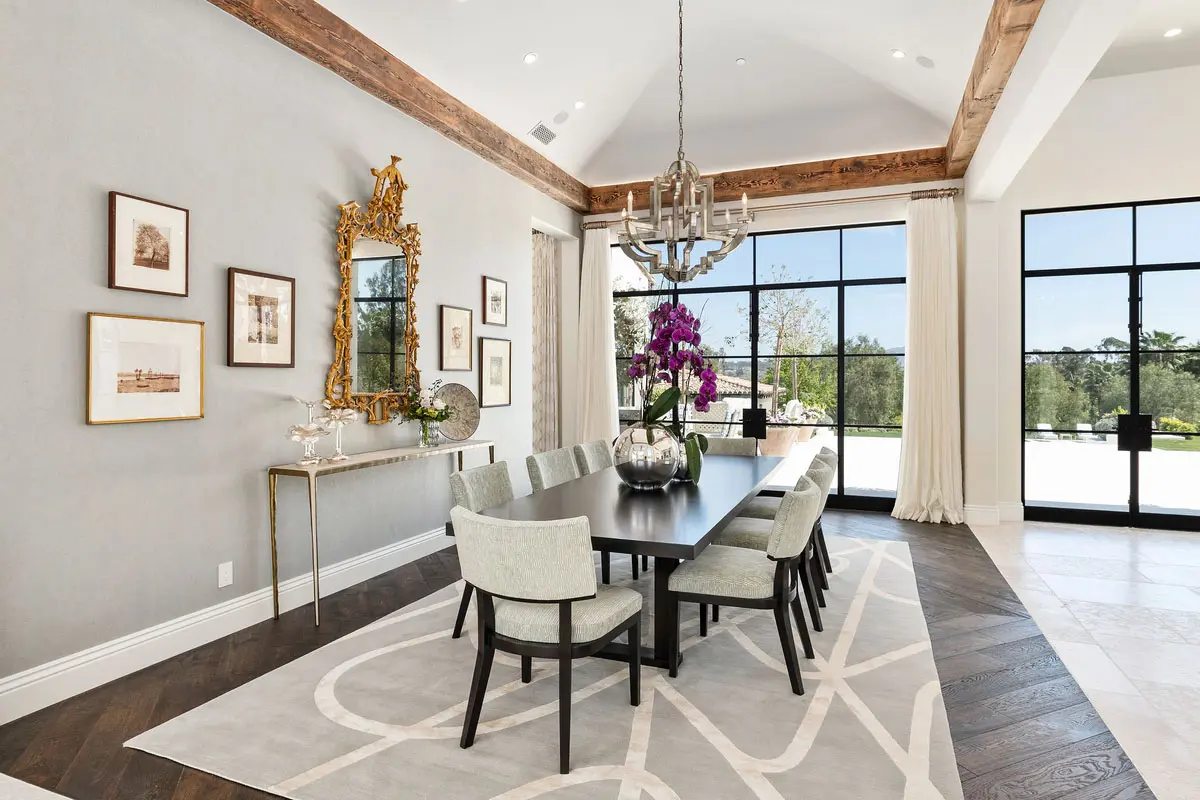The Power of Natural Light in Luxury Living
In luxury design, few elements rival the transformative power of natural light. Beyond its visual appeal, sunlight imbues interiors with a sense of openness, vibrancy, and well-being that artificial lighting struggles to replicate. Light shapes mood, accentuates materials, and elevates architecture.
Its influence extends beyond aesthetics. Studies consistently demonstrate the positive correlation between natural light, mood stabilization, cognitive performance, and even immune function. For homeowners, thoughtfully designed daylighting not only enhances daily comfort, but also significantly increases property desirability and long-term value.
Why Natural Light Matters Beyond Aesthetics
The Psychological and Biological Benefits
Sunlight regulates the body’s circadian rhythms, aligning sleep-wake cycles with natural day-night patterns. Exposure to morning light improves sleep quality, boosts serotonin production, and reduces anxiety levels. Well-lit environments foster alertness, concentration, and sustained productivity throughout the day.
The presence of abundant daylight has been linked to reduced rates of depression and seasonal affective disorder. In professional and residential settings alike, spaces bathed in natural light consistently support mental clarity and emotional balance.
Natural Light and Luxury Home Value
Buyers increasingly prioritize bright, naturally lit homes. Ample daylight not only creates inviting living spaces but also contributes to energy efficiency. Passive lighting reduces the need for artificial illumination during daylight hours, while strategic sunlight exposure can assist with passive solar heating.
Window Placement: The Foundation of Daylight Design
Evaluating Existing Windows
Effective daylight design begins with a thorough assessment of current window conditions. Orientation determines the type and quality of light received:
- North-facing windows offer consistent, diffused light with minimal glare.
- South-facing exposures maximize winter sun while requiring strategic shading during summer.
- East-facing windows capture gentle morning light, promoting natural wakefulness.
- West-facing glazing provides intense afternoon sun that may require heat management.
Evaluating window size, surrounding obstructions, and interior reflectivity guides precise design interventions.
Strategic Window Placement in Remodels
In remodeling scenarios, window modifications yield significant lighting improvements. Expansive floor-to-ceiling glass amplifies openness and view integration. Transom windows introduce additional daylight without compromising privacy, while clerestories pull sunlight deep into interior volumes.
Skylights and light wells are invaluable for illuminating upper levels or windowless core spaces. Carefully positioned glazing not only increases brightness but also frames outdoor landscapes, visually expanding interior boundaries.
Layered Window Solutions for New Builds
New construction allows for comprehensive daylight choreography. Layered glazing—corner windows, multi-directional exposures, and staggered window heights—ensures dynamic light throughout the day.
Balancing orientation, view capture, and solar gain management creates interiors that adapt beautifully to changing light conditions while maintaining comfort and energy efficiency.
Harnessing Reflection: Mirrors and Reflective Surfaces
Mirrors as Light Amplifiers
Mirrors strategically positioned across from or adjacent to windows capture and redistribute daylight throughout the room. Oversized, full-length, or wall-mounted mirrors exponentially increase perceived brightness and spatial depth.
In narrow hallways or dim corners, mirrors effectively pull light into previously shaded zones, visually expanding confined layouts.
Reflective Materials that Multiply Light
Material selections further elevate light diffusion. High-gloss cabinetry, polished metal fixtures, glass tabletops, and lightly veined stone surfaces all contribute to internal light movement. Lacquered finishes enhance both horizontal and vertical reflection, while mirrored furniture adds subtle luminosity without visual clutter.
By selecting reflective materials for key surfaces, designers amplify available daylight, creating a vibrant, ever-shifting interplay of light and shadow.
Ceiling Treatments for Vertical Brightness
The often-overlooked ceiling plane plays a crucial role in light distribution. Softly glossy ceiling paints reflect light downward, gently enhancing ambient brightness without glare. Coffered or tray ceilings catch light at varied angles, scattering illumination throughout the space.
These treatments introduce understated elegance while reinforcing natural light’s vertical reach.
Layout Adjustments to Promote Light Flow
Open Sightlines and Circulation Paths
Architectural layouts profoundly influence light travel. Removing non-essential partitions, widening doorways, and aligning circulation paths with window orientations allow light to penetrate deeper into interior spaces.
Strategically planned open sightlines ensure that light sources remain unobstructed, maximizing both volume and brightness.
Zoning Without Blocking
When functional separation is needed, glass partitions, floating shelves, and low-profile dividers maintain spatial definition without interrupting light pathways. Floating furniture arrangements, rather than wall-bound layouts, preserve openness while defining distinct living zones.
These solutions combine privacy, functionality, and optimal daylight utilization.
Material Selection: Surfaces That Glow
Light-Reflective Color Palettes
Color exerts powerful control over light absorption and diffusion. Soft whites, pale neutrals, and cool-toned pastels reflect maximum daylight while promoting tranquility. Lighter palettes visually expand rooms, emphasizing openness.
In primary light zones, darker, saturated colors can absorb valuable daylight. Strategic placement of darker tones as accents preserves depth without diminishing overall brightness.
Flooring That Supports Brightness
Floor surfaces significantly influence light movement. Wide-plank light woods, pale stone tiles, and polished concrete reflect daylight across horizontal planes, extending luminosity into deeper spaces.
Unified flooring materials reduce visual breaks, enhancing both light continuity and spatial cohesion.
Sheer Fabrics and Textiles
Lightweight, translucent window treatments allow diffused daylight to penetrate while minimizing glare. Sheer linen drapery, cellular shades, and frosted glass fixtures soften incoming light while maintaining privacy.
Avoiding heavy, absorptive fabrics in light-critical areas ensures uninterrupted daylight flow.
Window Treatments That Welcome Light
Sheer Panels and Layered Drapery
Double-layered window treatments offer both flexibility and elegance. Sheer inner panels filter light gently, while heavier outer drapery panels provide privacy when desired. This layered approach balances brightness control with aesthetic richness.
Utilizing double rods or ceiling-mounted tracks minimizes hardware intrusion while maximizing light exposure.
Motorized Shades and Smart Controls
Automated shading systems adjust window treatments throughout the day, responding to sun position, glare levels, and privacy needs. Motorized roller shades and smart blinds offer effortless control, optimizing comfort and light balance across changing conditions.
This technology integrates luxury with convenience, preserving the home’s luminous quality without manual adjustment.
Minimal Hardware Profiles
Slim, concealed hardware reduces visual obstructions around windows. Ceiling-recessed tracks, hidden rods, and narrow casings ensure that window openings remain as expansive and light-permissive as possible.
These discreet details quietly elevate both form and function.
Designing With Light as a Core Material
Natural light serves as one of the most enduring luxuries in residential design. Its ability to enrich wellness, aesthetics, and property value transcends design trends, making it a cornerstone of thoughtful home design.
Every home—regardless of existing conditions—holds untapped potential to harness daylight more fully. With expert planning and creative solutions, natural light transforms both the space itself and the daily experience of those who call it home.
Ready to bring more light into your living spaces? Schedule a consultation with Kern & Co. and discover how thoughtful daylight design can elevate both the beauty and livability of your home.
Frequently Asked Questions
How can I increase natural light without remodeling?
Use mirrors, reflective surfaces, light color palettes, sheer window treatments, and strategic furniture placement to maximize existing light. Thoughtful landscaping adjustments may also improve light penetration. Even minor decor changes, like glass accents or lighter furniture fabrics, can enhance overall brightness.
Does lighting impact mood and productivity?
Yes—natural light regulates sleep cycles, boosts energy, improves focus, and contributes to emotional well-being. Exposure to daylight supports mental clarity and sustained productivity throughout the day. Consistent daylight exposure can also improve long-term health outcomes.
What are the best window treatments for bright spaces?
Sheer fabrics, layered drapery, motorized shades, and minimal hardware allow maximum light while offering privacy and flexibility. Smart control systems further optimize light balance across changing conditions. Selecting UV-filtering fabrics helps protect interiors while preserving light quality.



